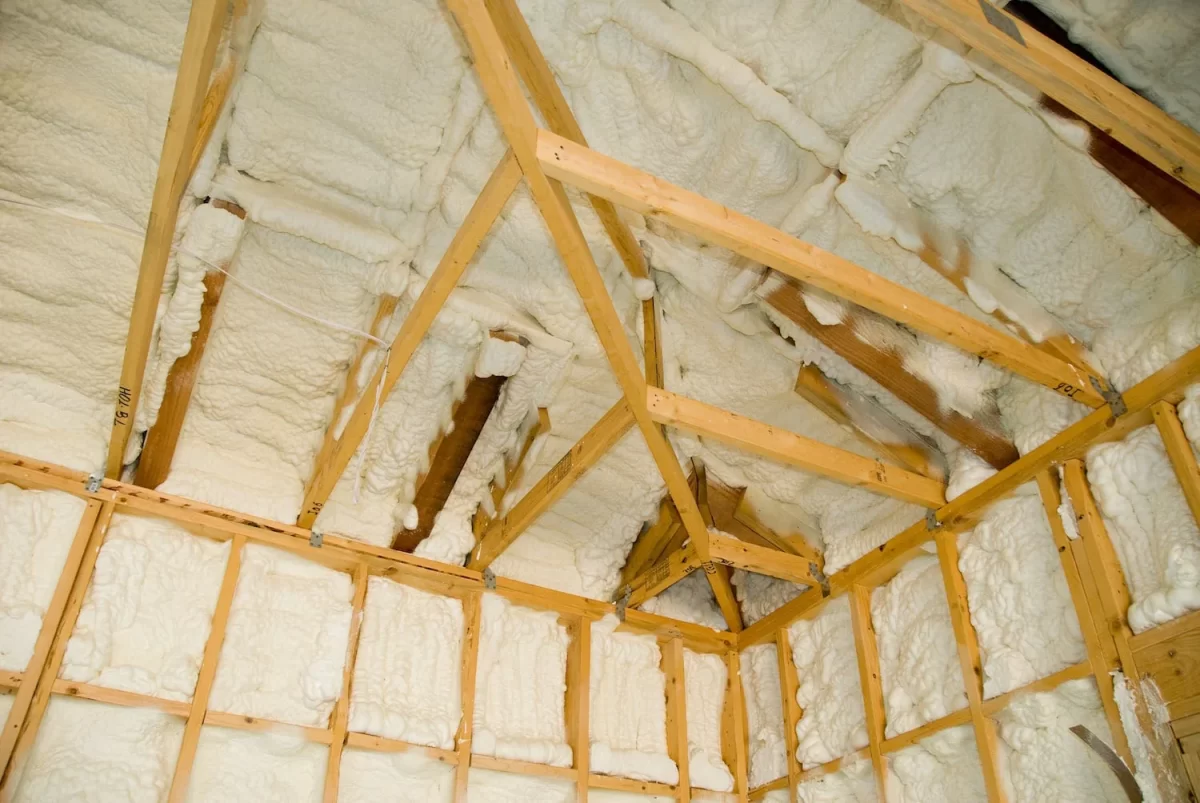The Role of PP Butterfly Valves in Industrial Fluid Flow Control
Controlling fluid flow in the context of industrial activities calls for accuracy, dependability, and efficiency. One of the essential components used to achieve this control is the PP butterfly valve. Made from polypropylene (PP), this type of valve has gained popularity across industries for its durability, chemical resistance, and cost-effectiveness. Understanding the role it plays in fluid systems gives insight into why it’s a preferred choice in many applications.
What is a PP Butterfly Valve?
A PP butterfly valve is a quarter-turn valve that uses a disc to regulate the flow of fluid. The valve is designed with a circular body and a rotating disc mounted on a central shaft. The valve fully opens to let fluids flow through when the disc is orientated parallel to the flow.Rotating it perpendicular to the flow closes the valve, blocking the passage of liquid or gas.
What makes this valve unique is its material, polypropylene. PP is a thermoplastic polymer distinguished by its great chemical resistance, light weight, and low moisture absorption.These features make it suitable for handling aggressive chemicals and corrosive substances, particularly in industries like water treatment, chemical processing, and agriculture.
Key Benefits in Industrial Applications
The main function of any valve is to start, stop, or regulate fluid flow. A PP butterfly valve performs this task efficiently while offering a range of benefits:
1. Corrosion Resistance
Many industrial fluids, especially chemicals and wastewater, can corrode metal parts over time. PP material resists corrosion from a wide range of acids, alkalis, and other aggressive chemicals, making it ideal for long-term use in challenging environments.
2. Lightweight and Easy Installation
Compared to metal valves, PP butterfly valves are lighter, which simplifies handling and installation. This lightweight nature also reduces the overall weight on the piping system, which can be critical in certain setups, such as mobile units or temporary installations.
3. Cost-Effective Solution
PP butterfly valves offer a balance between performance and cost. They are generally more affordable than stainless steel or other high-performance valves but still provide dependable operation and longevity.
4. Low Maintenance
Because of the simple design and resistant materials, these valves require minimal maintenance. There are fewer parts that wear out or need frequent replacement, which helps industries reduce downtime and maintenance costs.
5. Quick Operation
Thanks to their quarter-turn design, PP butterfly valves can be opened or closed quickly, allowing for efficient control of fluid systems. This makes them well-suited for applications where timing and responsiveness matter.
Common Uses in Industry
The flexibility and reliability of PP butterfly valves make them valuable across various sectors:
- Water and Wastewater Treatment: Used to control the flow of treated water and chemicals added during the purification process.
- Chemical Processing: Ideal for handling corrosive liquids in pipelines without the risk of material degradation.
- Agriculture and Irrigation: Controls water flow in irrigation systems, fertilizers, and pesticide applications.
- Food and Beverage: Utilized in non-contact applications like water lines or waste disposal systems.
Design Variations and Customization
PP butterfly valves are available in different sizes, pressure ratings, and actuation types—manual, pneumatic, or electric. Depending on the needs of the system, users can choose from various sealing materials and handle options to suit specific conditions.
Some designs also include features such as double flanged or wafer-style mounting, making them adaptable to different pipe systems. The choice of design depends on factors such as pressure requirements, fluid type, temperature range, and installation space.
Conclusion










